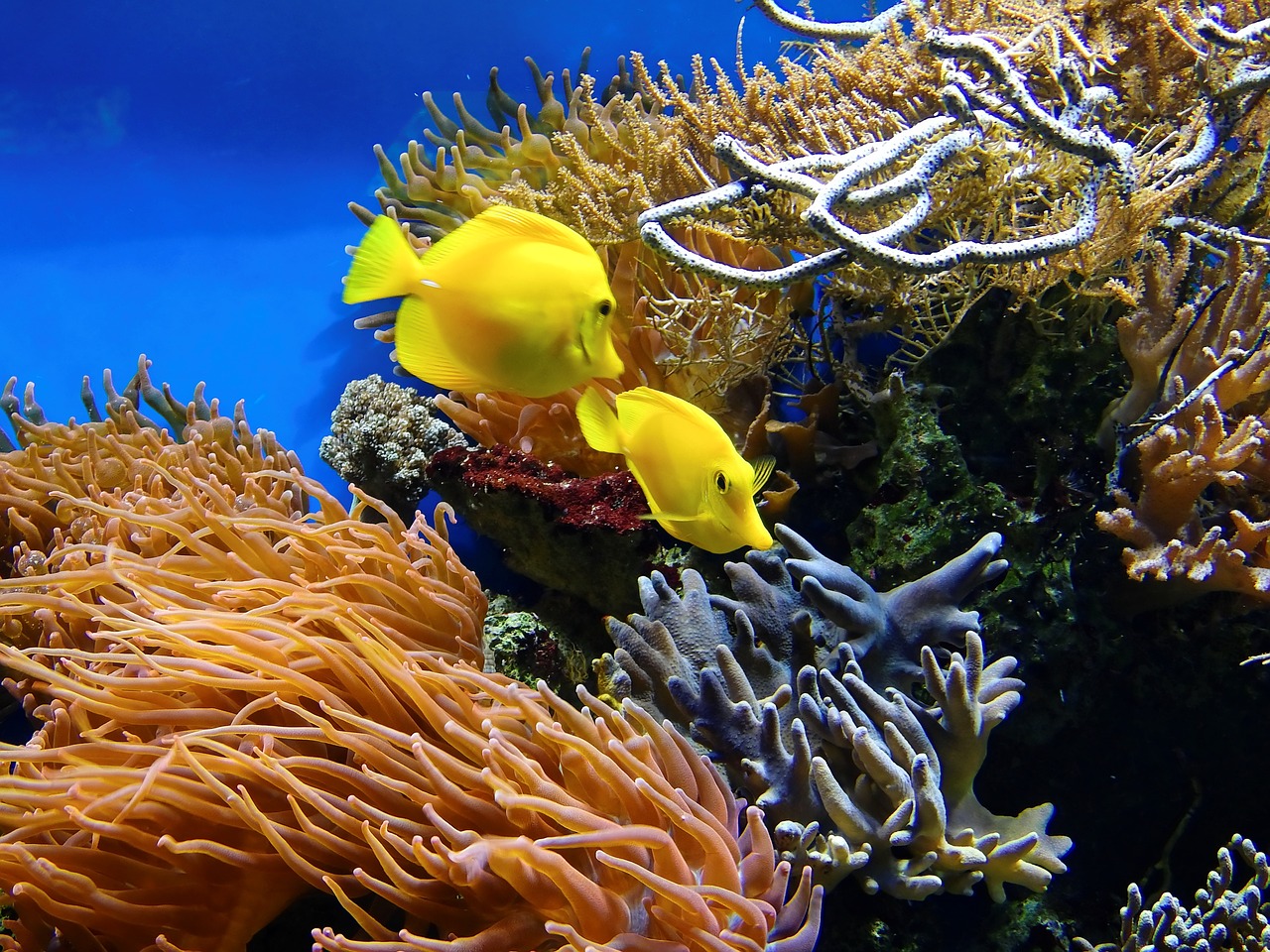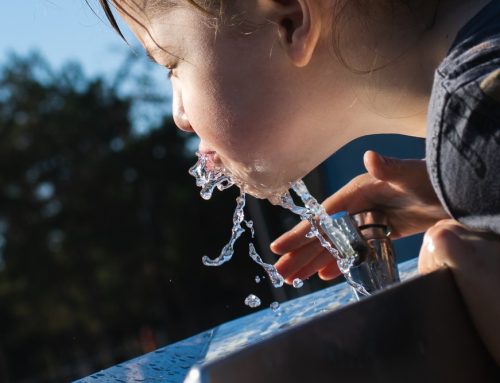Marine biologists are scientists who spent their entire lives studying the ocean. For them, the occupation itself is both a blessing and a curse. On the one hand, it’s an incredible experience to discover everything, both old and new under the ocean. On the other hand, however, they discover what the future holds for the ocean, as well as the extent of damage that is caused by the epidemic that is global warming, along with the influence of humans.
With over a third of the Earth’s reefs under threat due to bleaching, they are afraid that this could very well be the worst crisis to affect the ecosystems in the oceans yet.
Bleaching is the symbiotic relationship that is formed between species of algae and polyps. During this process, this vital relationship gets broken down as a result of stress that is caused by heat or extreme weather events such as heat waves and drought.
During this process, corals die at a rapid rate, which is irreversible in reefs, once it starts.
The Pacific Ocean’s Kiritimati Reef – A Start of a Disaster
Studied by marine biologists Kiritimati Island’s reef was found to be covered with a red-brown fuzz like layer, which is algae that have grown over dead coral. Whenever you spot a mass of red algae on top of a reef, that means the coral has died because of bleaching.
To marine biologists, such sightings are truly devastating. Bleaching occurs when excessive temperatures, causes the metabolism of algae to accelerate to the point where it starts creating toxins. It is also what causes the algae to turn bright red.
Scientists call this a planetary crisis. Given how important coral reefs are to the world, it affects not only the species that live in them or the health of the oceans, but also us.
Since the discovery, dead reefs have been found from Hawaii to Madagascar, and even Indonesia.
Get home water cooler and office water cooler from Living-Water in London.






